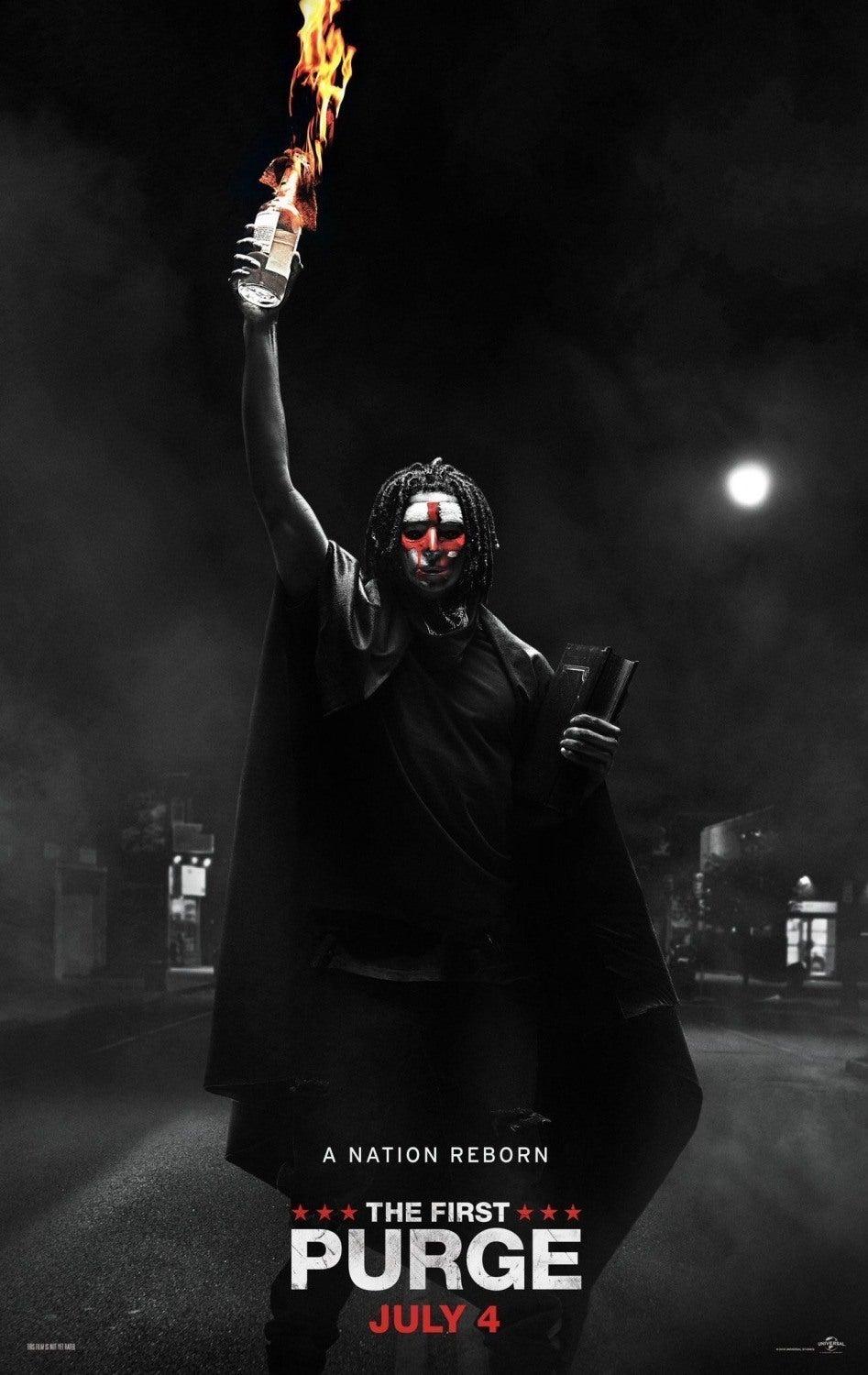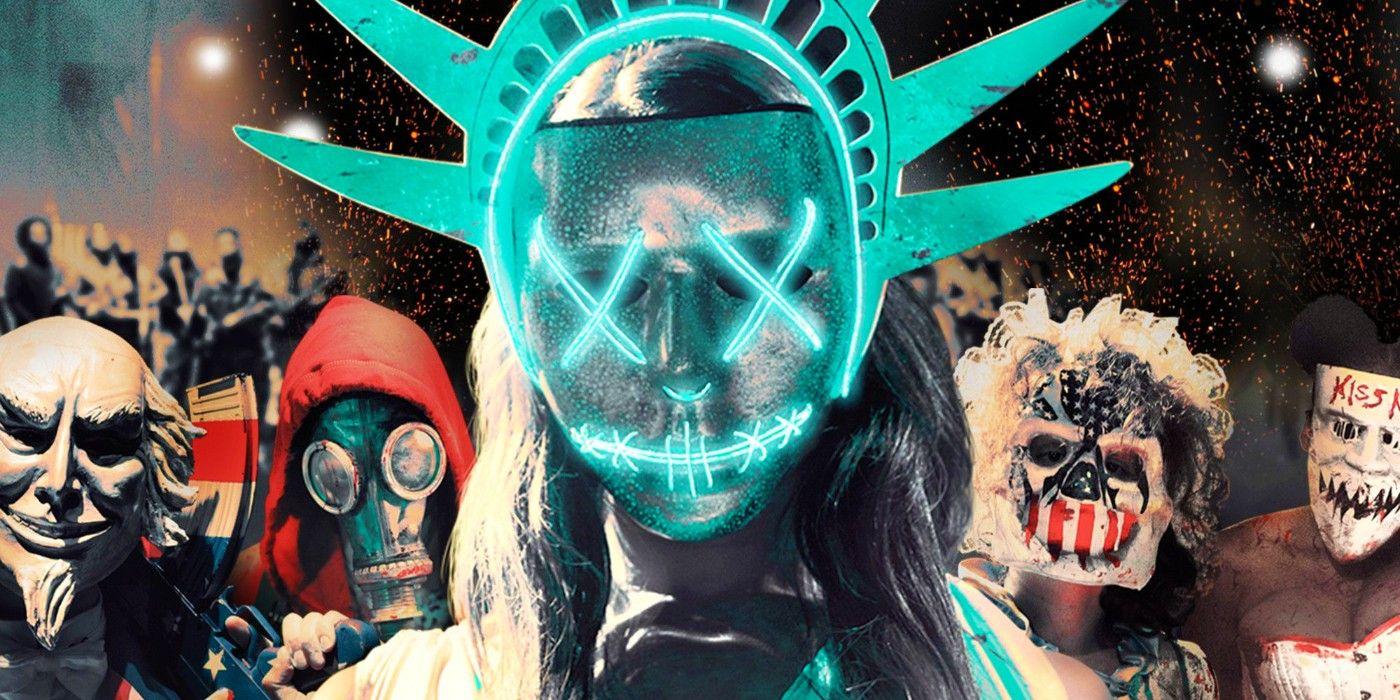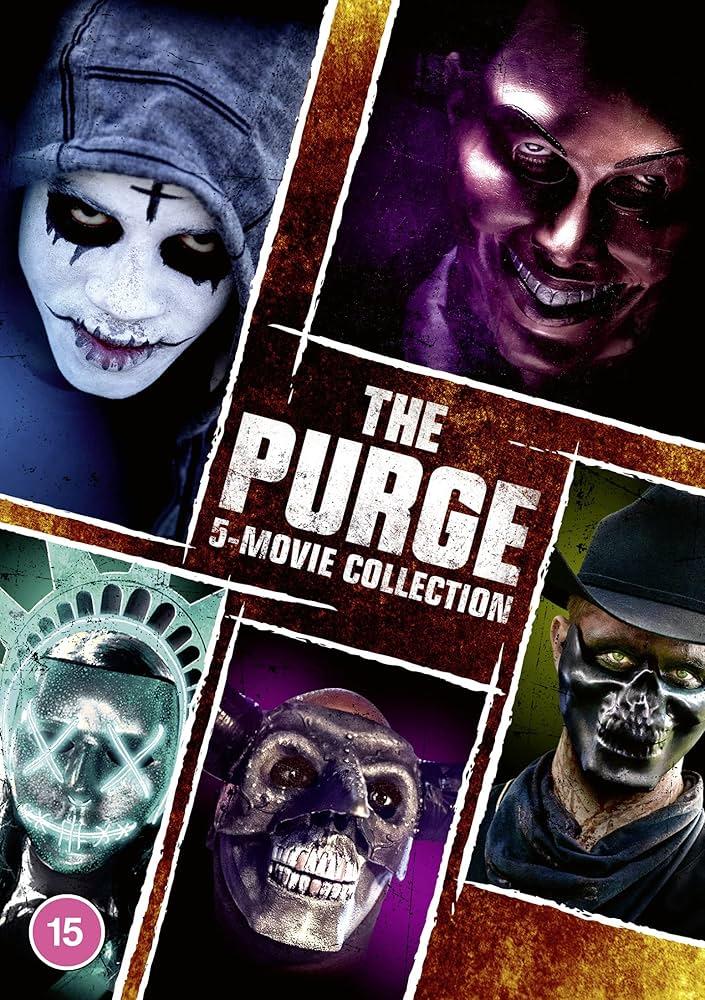The Purge franchise, a series of dystopian horror films, presents a provocative exploration of societal chaos and moral ambiguity through its central premise: a sanctioned annual event during which all crime, including murder, is legal for a 12-hour period. This chilling narrative framework invites audiences to grapple with unsettling questions about human nature, societal structures, and the ethical boundaries of violence. As the franchise has evolved, it has sparked intense debate over its portrayal of violence and the underlying messages it conveys about justice, morality, and power dynamics. This article critically examines the ethical implications of the violence depicted in The Purge films, probing the moral questions it raises and the societal reflections it offers. By dissecting the complex interplay between narrative intent and viewer interpretation, we aim to uncover the broader ethical discourse embedded within this controversial cinematic universe.
Exploring the Moral Ambiguity: A Deep Dive into The Purges Justification of Violence
The Purge franchise presents a dystopian universe where, for one night each year, all crime, including murder, is legalized. This premise raises profound ethical questions about the justification of violence as a means of societal cleansing. While the films explore the concept of purging as a mechanism to reduce crime and unemployment, they simultaneously unveil the moral ambiguity inherent in such a system. This duality prompts viewers to question whether the temporary sanctioning of violence can ever be morally justified or if it merely perpetuates a cycle of brutality.
- Does the temporary legalization of violence truly lead to a more peaceful society, or does it merely serve as a vehicle for chaos?
- Is the notion of purging an inherently flawed concept that exploits societal inequalities?
- Can the act of purging ever be separated from its socio-economic and racial implications?
The franchise often blurs the lines between self-defense and premeditated aggression, challenging the audience to reflect on their own moral compass. By illustrating the extremes of human behavior under the guise of sanctioned violence, the films provoke a critical examination of whether such a system could ever achieve its purported goals without sacrificing fundamental human ethics.

The Role of Societal Breakdown in The Purge: Ethical Implications and Real-World Parallels
The Purge franchise presents a dystopian vision where societal breakdown is not just a backdrop but a catalyst for the ethical dilemmas it explores. The annual event, where all crimes are legal for a 12-hour period, forces viewers to confront uncomfortable questions about human nature, governance, and morality. Ethical implications arise as the films depict a society where the government manipulates its citizens into believing that violence is a necessary evil for social stability. This portrayal invites audiences to question the moral cost of a system that justifies violence as a means of control.
- Government Manipulation: The franchise highlights how the state can exploit fear to maintain power, drawing parallels to real-world regimes that use violence as a tool for political gain.
- Desensitization to Violence: By normalizing extreme acts of aggression, the films critique how societies can become indifferent to suffering when it is framed as beneficial or inevitable.
- Social Inequality: The Purge underscores the disparities in who can protect themselves during such events, reflecting on how systemic inequities are exacerbated in times of crisis.
In exploring these themes, the franchise mirrors certain real-world scenarios, prompting a critical examination of the ethical boundaries in our own societal structures. The narrative challenges viewers to consider whether such a breakdown could ever be justified and what measures might prevent the slide into such moral chaos.

Analyzing Character Motivations: Moral Dilemmas and the Human Condition in The Purge
In the universe of The Purge, character motivations are intricately tied to the moral dilemmas posed by the annual event where all crime is legalized for 12 hours. The franchise masterfully explores the human condition by placing characters in situations that force them to confront their own ethical boundaries. The participants in this dystopian event often grapple with profound questions of morality, challenging the viewers to consider what they might do if faced with similar circumstances. Through the lens of survival, revenge, and societal pressure, the characters’ decisions illuminate the complexities of human nature.
The films present a tapestry of motivations that reveal both the darkness and resilience inherent in humanity. Some key motivations include:
- Survival Instinct: Characters driven by the primal need to protect themselves and their loved ones.
- Revenge: Those seeking retribution for past wrongs, using the Purge as a means to settle personal scores.
- Societal Influence: Individuals who succumb to peer pressure or societal norms, illustrating the impact of a lawless night on moral judgment.
- Redemption: A desire to right past wrongs or to save others, offering a glimpse of hope amidst chaos.
By dissecting these motivations, the franchise invites viewers to question the ethical implications of violence and the fragile veneer of civilization when rules are suspended.

Recommendations for Ethical Storytelling: Balancing Entertainment with Responsibility in Violent Narratives
- Contextual Awareness: It’s essential to frame violent narratives like those in “The Purge” within a context that acknowledges their societal implications. By doing so, creators can provide audiences with a lens through which to understand the deeper meanings and potential consequences of the violence depicted. This can involve exploring the systemic issues and moral questions raised by such narratives, thereby prompting viewers to engage in critical reflection rather than passive consumption.
- Character Development: Ethical storytelling demands a nuanced portrayal of characters involved in violent acts. Characters should not be reduced to mere archetypes of good and evil. Instead, they should be multi-dimensional, with their motivations, struggles, and transformations explored in depth. This approach helps to humanize the narrative, encouraging empathy and understanding, and can serve to challenge the glorification of violence.
- Audience Engagement: Creators should actively engage with their audience, fostering dialogue about the themes presented. This can be achieved through post-viewing discussions, social media platforms, or even dedicated forums that allow viewers to express their thoughts and interpretations. Such engagement can transform passive viewers into active participants in the conversation, promoting a more responsible consumption of media.
